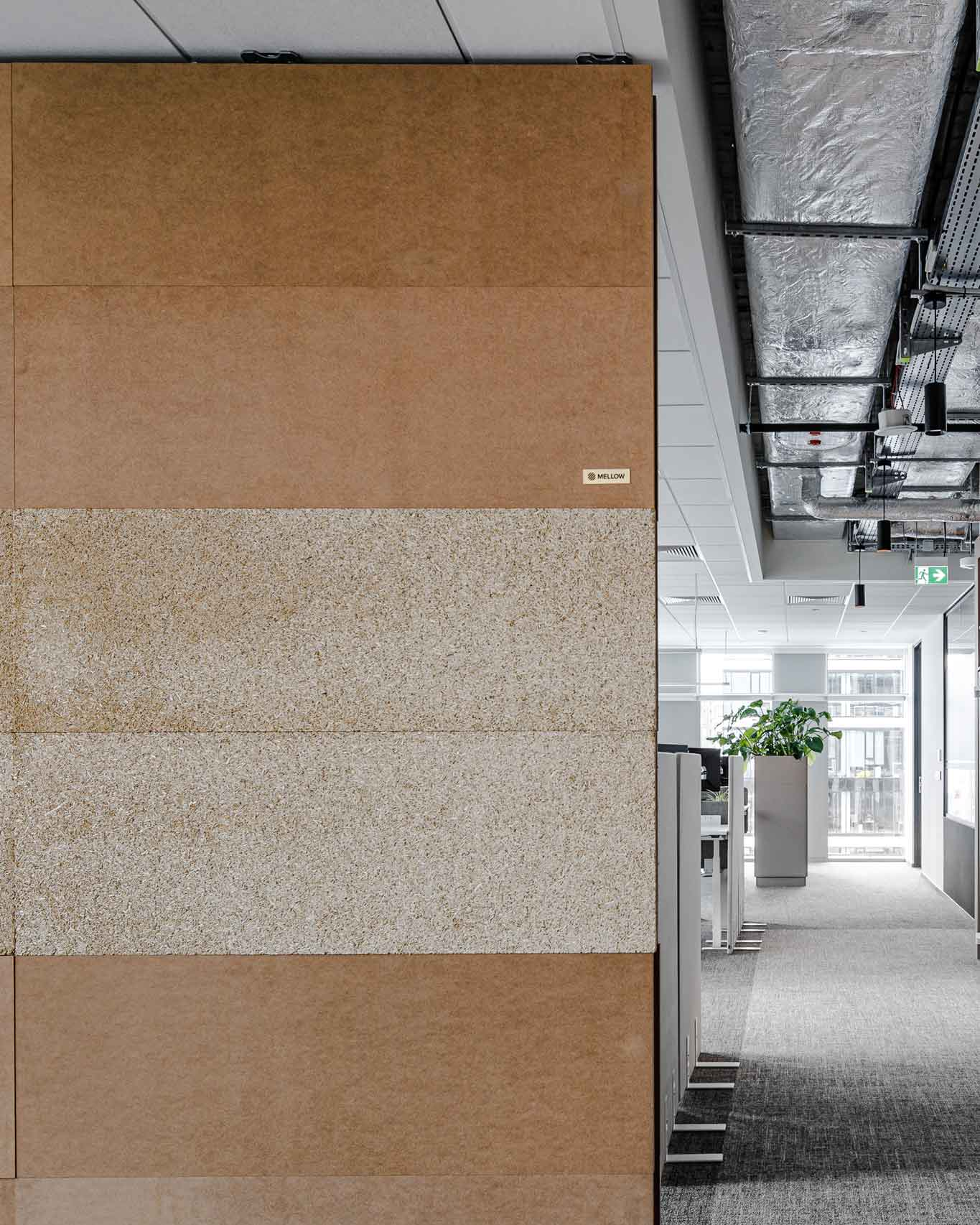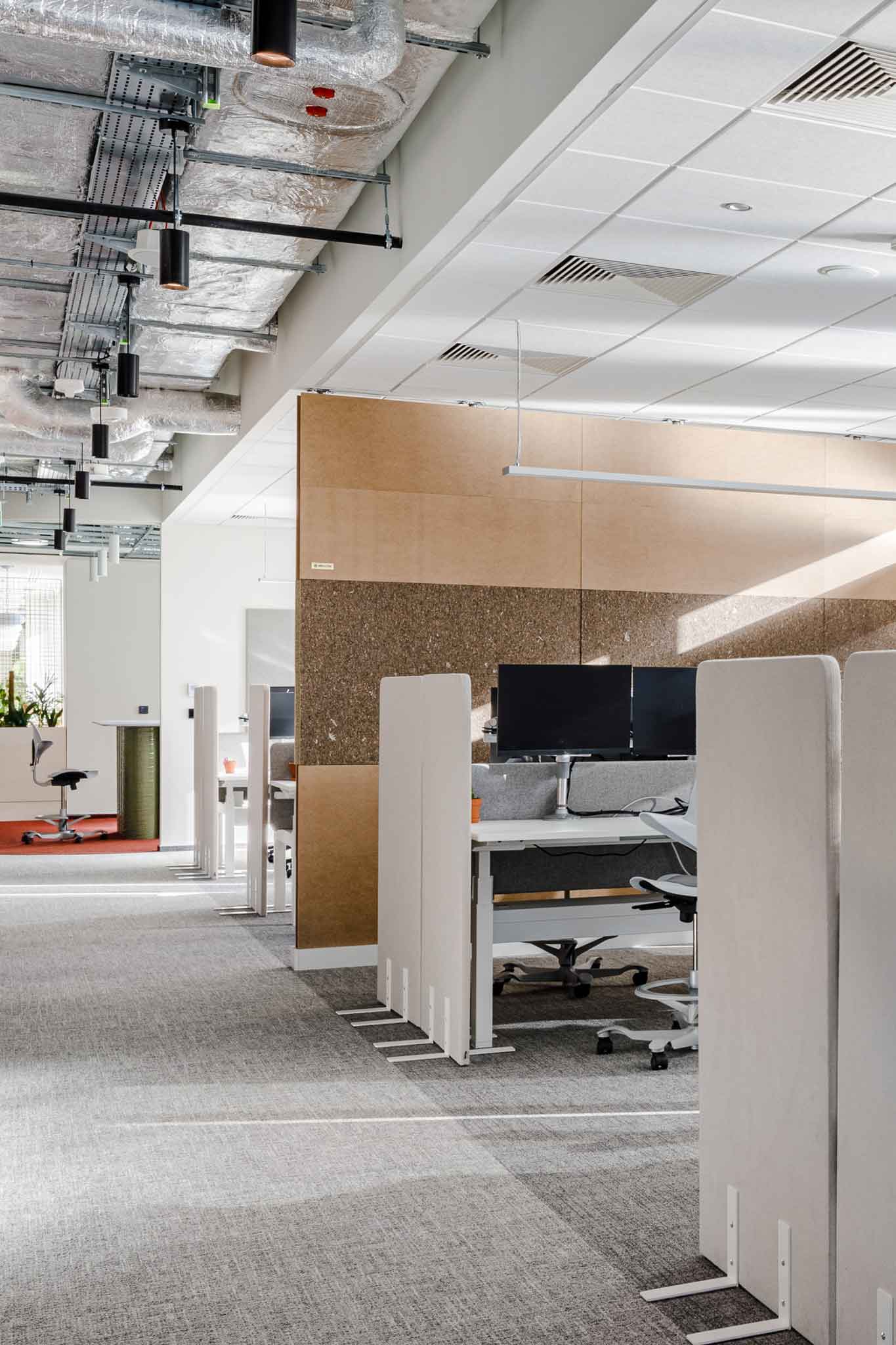
Circular Solutions: the Future of Growth and Sustainability
Author: Ida Arnegärd
At Grasp Festival 2024, Sabrina Rau-Oberhuber, who’s an expert on circularity, delivered a thought-provoking speech that challenged the way we think about growth, sustainability, and our planet’s future. Her message was clear: believing in infinite growth on a finite planet is not just unrealistic—it’s dangerous. While sustainability has become a popular buzzword, Sabrina argued that our narrow focus on it may be blinding us to the bigger, more urgent changes we need to make.
The Myth of Infinite Growth on a Finite Planet
For decades, economic growth has been seen as the ultimate goal for countries and companies alike. However, as Sabrina pointed out, this pursuit of infinite growth ignores one fundamental truth: our planet’s resources are limited. From fossil fuels and fresh water to forests and minerals, we are depleting these resources faster than they can regenerate.
Sabrina’s key point was that continuing to chase endless economic growth on a planet with finite resources is simply not sustainable. The result is escalating environmental destruction, biodiversity loss, and deepening social inequality. The more we grow, the more we exhaust the natural systems that support life on Earth.
Why Circularity Is the Real Solution
Sustainability has become the go-to solution for tackling environmental challenges, but Sabrina made it clear that sustainability alone is not enough. In fact, our obsession with sustainability may be distracting us from adopting more transformative solutions—like circularity.
What is circularity? Unlike our current “take-make-dispose” economic model, circularity is about closing the loop. In a circular economy, resources are kept in use for as long as possible, waste is designed out of the system, and materials are continuously reused or recycled. This approach not only reduces waste but also minimizes resource extraction and pollution, helping restore balance to our environment.
Circularity is a radical shift from the way our economy currently operates. Instead of minimizing harm, it eliminates waste entirely by designing products and systems that reuse materials endlessly. This approach is critical because our current focus on sustainability often just reduces damage, while circularity prevents the damage from happening in the first place.
Why Sustainability Alone Is Not Enough
Sabrina’s speech highlighted the limitations of focusing only on sustainability. While reducing waste and conserving resources are important steps, they don’t address the core problem: our linear economy is fundamentally unsustainable. Even if we improve efficiency and reduce emissions, we’re still stuck in a system that relies on constant extraction and disposal.
By embracing circular solutions, we can go beyond simply minimizing harm. Circularity shifts us away from harmful, linear economic models toward a system that is regenerative by design. This means creating products, services, and industries that regenerate natural systems instead of depleting them. Circularity is not just about doing “less harm”—it’s about creating an economy that gives back to the planet.
What We’re Missing by Focusing on Sustainability
One of Sabrina’s most striking points was how the sustainability narrative can blind us to the other crucial changes we need to make. By focusing narrowly on sustainability, we risk overlooking bigger, systemic transformations that are vital to addressing climate change, biodiversity loss, and social inequity. Here are some areas she highlighted:
- Social Equity and Justice: Environmental harm disproportionately affects vulnerable communities. A circular economy could help address these inequalities by ensuring that resources are distributed more fairly and that all communities benefit from sustainable practices.
- Ecosystem Regeneration: Circularity goes beyond sustainability by promoting active ecosystem restoration. Rather than just slowing down environmental damage, circular solutions aim to repair and regenerate ecosystems, allowing biodiversity to flourish again.
- Systemic Change, Not Just Technology: While technological innovation is important, Sabrina emphasized that systemic change is even more critical. We need to rethink our consumption patterns, redesign business models, and create economic systems that don’t rely on infinite growth.
- New Economic Models: Circularity requires a shift in how we measure success. Instead of relying solely on GDP growth, new models like the Doughnut Economy or Degrowth focus on well-being, ecological health, and social justice—goals that align with the principles of a circular economy.
- Cultural Change: Moving toward circularity also requires a cultural shift. We need to challenge the consumerism and materialism that drive our current system and instead value sustainability, regeneration, and long-term thinking.
The Urgency of Adopting Circular Solutions
Sabrina’s speech made it clear that circularity isn’t just a nice idea—it’s a necessity. The time for small, incremental steps is over. We need bold, systemic changes that challenge the status quo and pave the way for a circular economy. This means rethinking how we design products, how we consume resources, and how we interact with the planet.
While sustainability has helped raise awareness about environmental issues, it’s time to shift our focus to circular solutions. We can no longer afford to simply “reduce harm”—we must create systems that are inherently regenerative and restorative. By embracing circularity, we can ensure that resources are used efficiently, waste is eliminated, and ecosystems are given the chance to recover and thrive.
Conclusion: Moving from Sustainability to Circularity
Sabrina Rau-Oberhuber’s speech at Grasp Festival 2024 was a wake-up call. Infinite growth on a finite planet is not just unsustainable—it’s impossible. To truly address the environmental crises we face, we need to go beyond sustainability and embrace circular solutions.
Circularity offers a way to design waste out of the system, keep resources in use, and regenerate natural ecosystems. It’s not about doing less harm; it’s about creating a new, restorative relationship with the planet. As Sabrina reminded us, the time for half-measures is over. If we want to secure a livable future for ourselves and future generations, we need to transition to a circular economy now.
Let’s stop focusing on being “less bad” and start designing systems that are inherently good for people, the planet, and future generations. The urgency is clear—the time for circularity is now.
We here at mellow are a part of the movement towards circularity. If you want to learn more about how you can embrace this change, reach out to us!
More information:
subscribe to our newsletter!

Latest ArtiCles


building better with adaptable partition walls

8 Responses
This is such a valuable post, thanks for putting it together.
hello!
thank you for reading and taking the time to comment, we truly appreciate it.
Ida, team mellow designs
This post answered a lot of my questions—thank you!
hi!
glad to hear, thank you for reading.
Ida, team mellow designs
Hi, Neat post. There is a problem together with your site in internet explorer, may check this?K IE still is the market leader and a huge element of other folks will miss your wonderful writing because of this problem.
hey!
thank you for the compliment and for alerting us to this! we’ll look into the problem and try to solve it as soon as possible.
Ida, team mellow designs
What’s Taking place i’m new to this, I stumbled upon this I have found It absolutely useful and it has helped me out loads. I hope to contribute & assist different users like its helped me. Great job.
hi!
we’re glad you’ve found this useful! you’ll find more related content in our blog.
Ida, team mellow designs